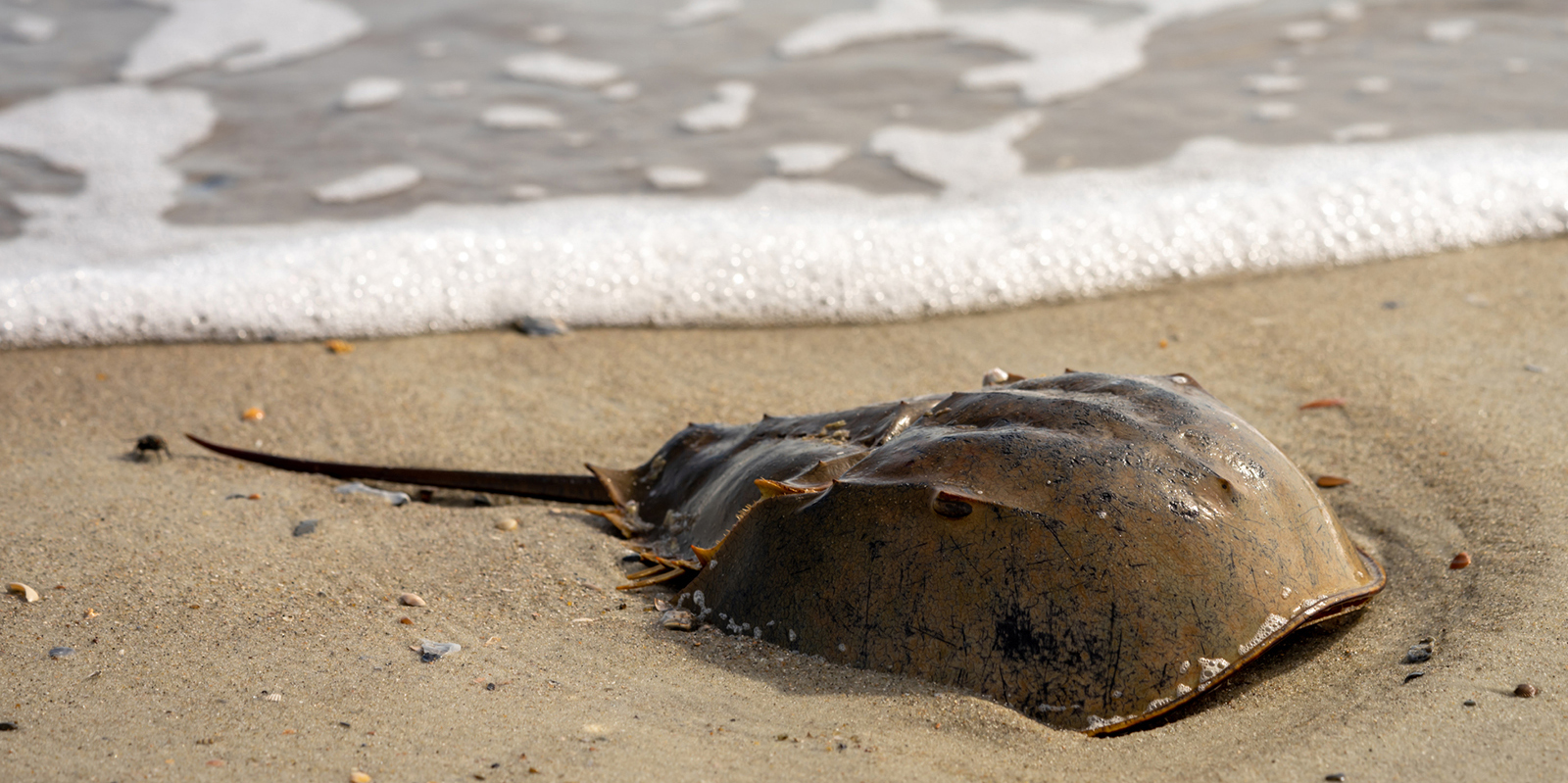Scientists Create ‘Observatory’ for Monitoring Climate Impacts on Narragansett Bay
October 25, 2017
A group of scientists from almost every college and university in Rhode Island is constructing what they call a “Bay Observatory” to continuously monitor and model the changes occurring in Narragansett Bay as a result of a warming climate. The system of data-collection devices will include sensors to detect environmental conditions, a “cyto-bot” to photograph microorganisms, and a way to transmit the data to a publicly accessible website.
“We need to improve our ability to measure changes in climate variability and nutrient pollution, in terms of both time and space,” said Geoff Bothun, a professor of chemical engineering at the University of Rhode Island and a project leader. “More accurate measurements at lower detection limits with greater frequency and finer spatial resolution will help dramatically to predict and plan for what is to come.”
The new instruments will be deployed in Greenwich Bay, in the waters just off the west coast of Conanicut Island, in Narragansett Bay’s East Passage. Each will be able to collect data about water temperature, salinity, pH, nutrient levels, dissolved oxygen, currents, and wind speed, while also monitoring biological and biogeochemical activity.
“We’re trying to understand how various stressors — both human caused and natural — can impact the ecology of Narragansett Bay,” said Lewis Rothstein, a URI oceanography professor. “It’s designed to look at the whole bay ecosystem, highlighting those individual components deemed most important for hypoxia [oxygen deficiency] events, for example.”
One of the unique aspects of the observatory is that it can be programmed to respond to events and trigger a response, according to Bothun.
“If we begin to see spikes or trends that are an indicator of an algae bloom, for example, we can trigger our cyto-bot to begin taking more frequent images so we can see the microbiology in the bay at the same time that the measurements are being taken,” he said.
Although there are already a number of oceanographic measuring devices scattered around Narragansett Bay to collect data for the Rhode Island Department of Environmental Management and scientists at URI’s Graduate School of Oceanography, this new effort requires more precise data that can be fed into computer models to forecast changes that are likely to happen in the near future. So the research team must design and build a new generation of sensors that can more accurately detect minute quantities of various compounds of interest.
“This is a tough problem, but my vision is to use living biosensors — microorganisms that respond to nutrients and can report to us what’s going on and what molecules are present in the bay,” said Jeff Morgan, professor of medicine and engineering at Brown University, who leads the sensor development team with URI chemistry professor Jason Dwyer. “There are a number of living microorganisms that are terrific at detecting, sensing, and reporting the presence of certain nutrients in the environment.”
Other researchers will approach the sensor development effort from other directions, including nanotechnology solutions, paper-based sensors, and sensors that can be used by citizen scientists.
All of the data collected by the observatory, along with historic data about Narragansett Bay, will eventually be fed into computer models being developed by Rothstein, Baylor Fox-Kemper, associate professor of earth, environmental, and planetary sciences at Brown, and others. Their aim is to forecast changes that might occur at a particular place or time so that local decision-makers have time to act on those changes.
“The observatory is in place to do the heavy lifting for us,” Rothstein said, “but we’ll only have instruments at certain spatial points. The modeling is essentially trying to represent what we observed at those locations and interpolate observations at locations where we don’t have instruments. That will allow us to observe the entire bay.
“All of the forecasts will be analyzed and visualized in ways that will provide public and private decision-makers with the tools they need to optimize their decisions for the benefit of all Rhode Islanders.”
The models will also incorporate data from social scientists to factor in the impact of human behavior and how people may behave differently to mitigate particular changes taking place in the bay.
The researchers also will create an online depository they are calling the Rhode Island Center for Data Discovery that will include all of the real-time observational data and modeling data, along with images and historical data.
“The public will be able to click on a point in Narragansett Bay and take a look in real-time at temperatures or circulation or other ecological variables about that point at a particular time,” Rothstein said. “That will be a legacy program for us.”
The Bay Observatory is one element funded by a $19 million grant from the National Science Foundation to establish the Rhode Island Consortium for Coastal Ecology, Assessment, Innovation and Modeling. The grant will be augmented with $3.8 million from the Rhode Island Science and Technology Advisory Council.
The collaboration consists of researchers from URI, Brown, Rhode Island School of Design, Rhode Island College, Bryant University, Providence College, Roger Williams University, and Salve Regina University.
Rhode Island resident and author Todd McLeish runs a wildlife blog.
Categories
Join the Discussion
View CommentsYour support keeps our reporters on the environmental beat.
Reader support is at the core of our nonprofit news model. Together, we can keep the environment in the headlines.
We use cookies to improve your experience and deliver personalized content. View Cookie Settings



